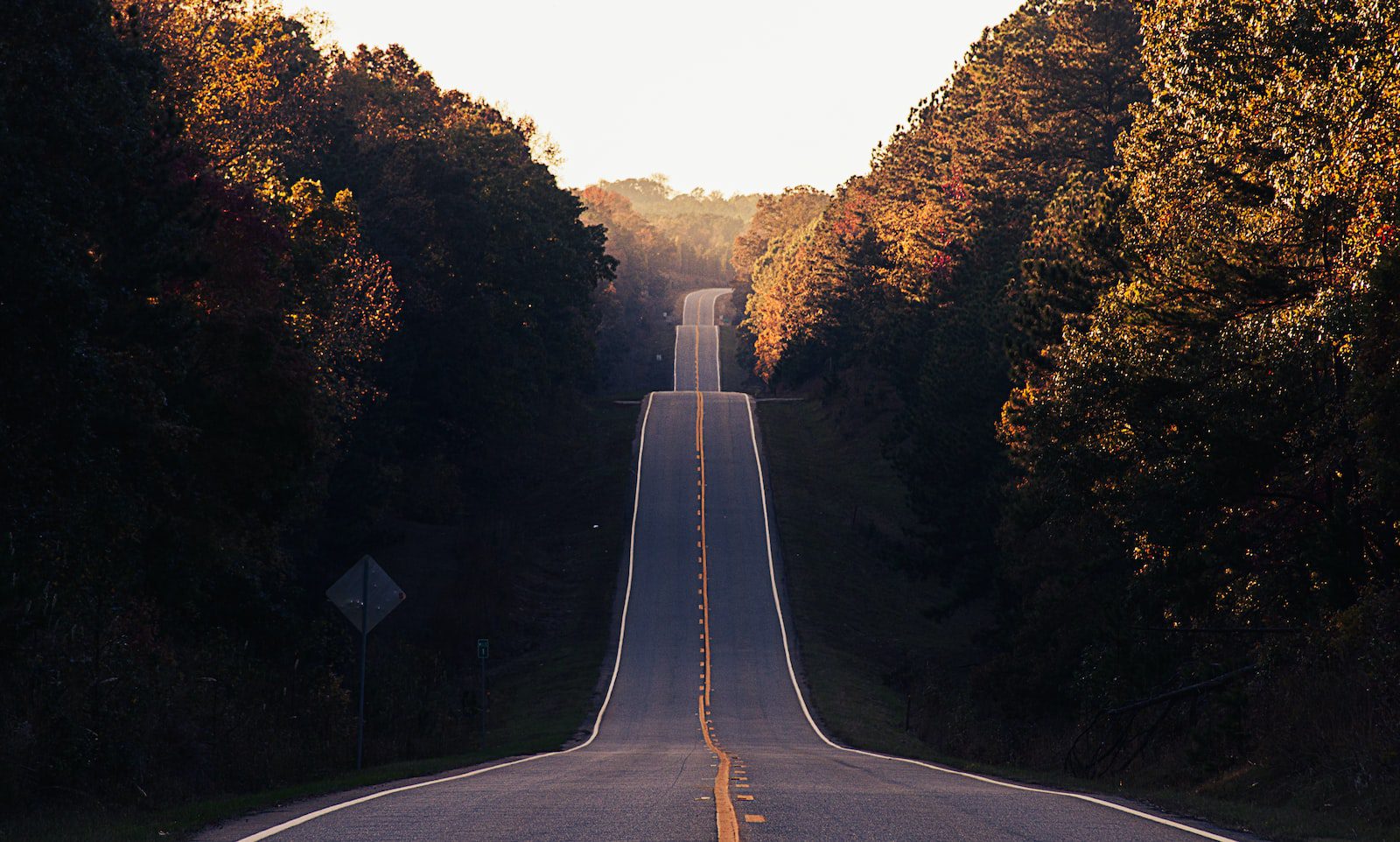First of all, congratulations for making it to this webpage and reading this blog! By that choice alone, you have begun the first step in going zero waste: thinking about it.
You may already be on your way to a zero waste lifestyle, but it is understandable if you’re not fully sold on the idea yet. We are accustomed to using so much trash in our society that the prospect of getting rid of it all can seem daunting.
If you are unsure how to start your zero waste journey, you may find the following list of suggestions helpful:
1. Start collecting your trash
Get a tangible idea of what you’re up against. Instead of throwing trash away, collect any trash you make over the course of a few days, a week, or a month. Just seeing the trash pile up may inspire you to cut out some nonessential packaged things.
2. Visit zero waste stores
Set aside some time to check out your local farmers market, thrift stores, “no packaging” stores, or even just the bulk section of your usual grocery store. Going to check out these places can give you inspiration and can help you visualize how zero waste could become a tangible thing in your life. Put yourself into the zero waste community – we’d love to have you!
Check out Litterless or Lets Go Zero Waste to find zero waste stores near you.
3. Research swaps
Figure out if there are any quick zero waste swaps you can make today. Depending on your habits and resources, some swaps may be particularly easy. Maybe you already have old t-shirts you can cut up to replace paper towels. Perhaps you just ran out of all-purpose cleaner and can take the opportunity to try making your own zero waste version. Even if you don’t do a complete zero waste overhaul, every little swap is still a win and can help you gain momentum to make more!
Check out zerowaste.org/swaps for our guide to zero waste swaps.
4. Set up a zero waste kit
Collect a few items to bring with you on outings (especially if you expect your outing to include any shopping or eating). Having a set of zero waste tools on hand is essential to being prepared for any situation. Useful tools include: a tote bag, a travel mug, food containers, reusable utensils, and a cloth napkin. If you have a car, it’s also a great idea to keep a set of zero waste tools in your trunk so you have them on hand wherever you drive.
5. Prioritize your sacrifices
“Zero waste” is an ideal, but “any-amount-less waste” is better than your current amount of trash. If there are certain packaged things you can’t do without (for me, it’s yogurt) don’t let that stop you from going zero waste in other parts of your life! Zero waste does sometimes involve saying “no” to things you are used to having, but it’s still ok to allow yourself things that feel essential to you. In order for a zero waste lifestyle to be sustainable, we sometimes need to make some calculated waste sacrifices.
6. Consider upstream waste
Going zero waste is not really about the trash in your own trash can. Use the concept of upstream waste—the waste that is created in the production of a product—to make informed purchasing decisions. For example, it would be better to buy spinach wrapped in a string from a local farmer than to buy unpackaged spinach that was shipped across the country to the supermarket. This can be a good concept to keep in mind when you are “prioritizing sacrifices” too: since I want to buy yogurt, I choose to purchase yogurt in glass jars from a local farm. Although that yogurt is not zero waste to me because I still have an empty jar in my recycling, it does cut down on a lot of upstream waste because there are fewer emissions from farming/manufacturing/packaging/shipping.
7. Use stuff you already have
It may be tempting to go out and purchase things marketed as “zero waste”, but don’t be fooled by the greenwashing! Before you buy any new items, use up what you already have. This tip goes along with the upstream waste insight: it is better to use the shampoo in the plastic bottle already in your shower than to demand the production of a new shampoo bar, even if it would result in less “waste” in your bathroom. Using what you have also gives you the benefit of making the transition to zero waste gradually, allowing you to try out zero waste deodorant or find a way to get bulk flour only as your existing supply runs out instead of having to figure it out all at once.
8. Look for inspiration and community
There are many zero wasters who share their experiences on the internet, from the fabulous Zero Waste Chef to the Buy Nothing Project. You also can join social media groups like our ZeroWaste.Org Facebook group or follow us on Instagram, where you can find zero waste tips and make connections with like-minded people. It can also be fun to do a zero waste challenge with a friend or family member. You can hold each other accountable and work together to come up with zero waste swaps. Invite your loved ones to join you on your zero waste journey.
9. Try one month
There’s no better way to start zero waste than actually trying to go zero waste. To make it less daunting at first, pick a month (or even just a week or two) when you don’t expect any major obstacles and can fully commit to reducing trash. The experience will likely help you develop habits that will stick with you in the long term. In just a few weeks, you will get plenty of practice using zero waste items, making swaps, and getting more comfortable with making zero waste requests. You may never go back – that’s what happened to me!
10. Attend a ZeroWaste.Org challenge
If you participate in one of our challenges, we will help guide you through all of the above. We can’t wait to meet you!

